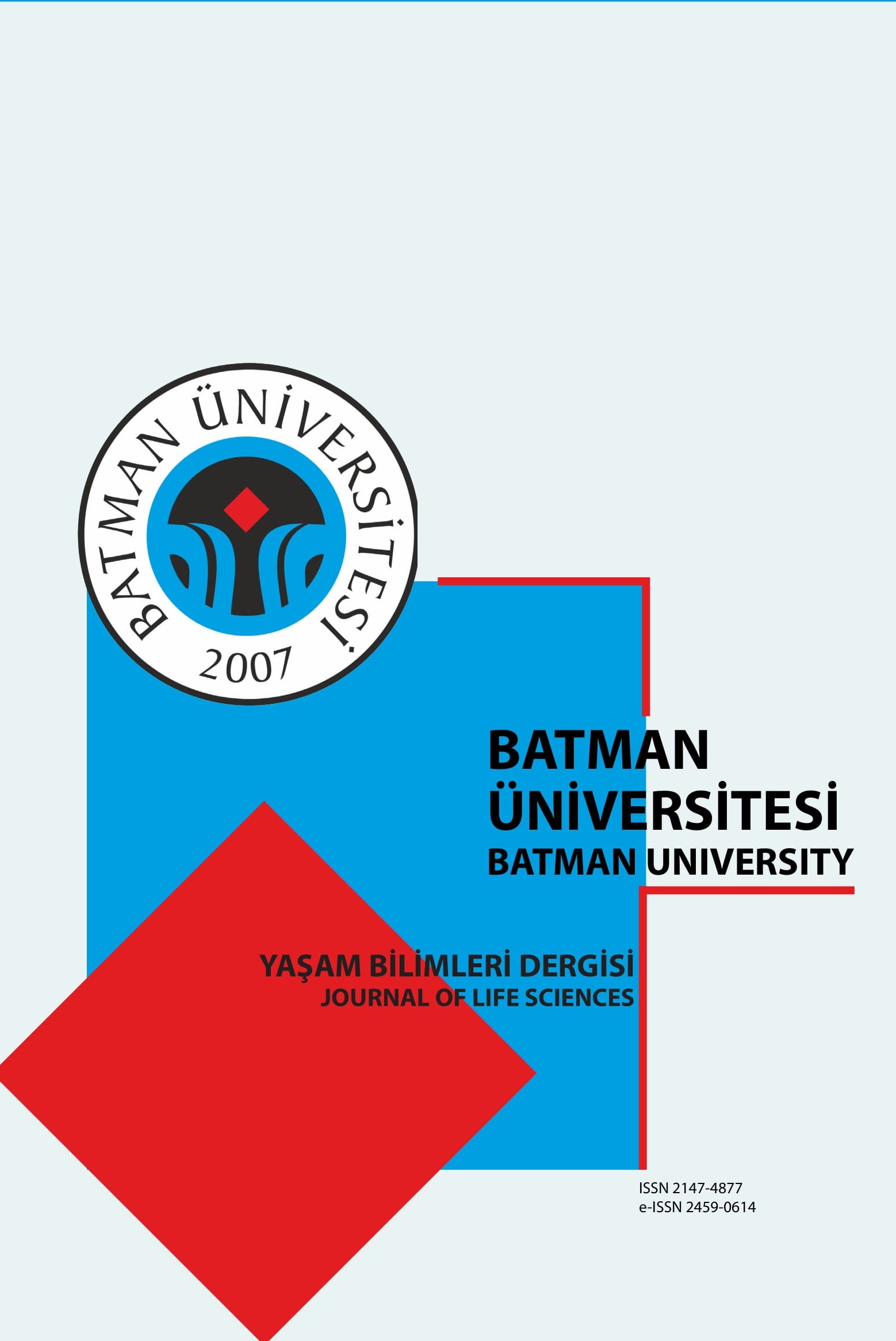PİERRE LOTİ’NİN AZİYADE'SİNDE OSMANLI KÜLTÜRÜNÜN YANSIMALARI
Çalışmamızda, yaşadığı çağın sorunları üzerine tartışan ve etkili bir düşünce biçimi ortaya koymaya çalışan Fransız Akademisi üyesi Pierre Loti’nin Aziyade adlı romanında gün ışığına çıkan Osmanlı kültürünü, metne bağlı inceleme yöntemi ışığında çözümlemeye çalışacağız. 19. yüzyılın sonlarında kültür yolculuğu için geldiği İstanbul’da, bir Türk hanıma olan aşkı ve Osmanlı kültürüne derin bir sevgi ile bağlanması sonucunda gündemde kalmayı başarmış romantik bir gezgindir Loti. Küçüklüğünden itibaren tuttuğu günlüğü, onu egzotik romanlar yazdırmaya yöneltir. Özellikle Aziyade, “mektup roman” (roman epistolaire) türünün etkin örneklerindendir. Yazar, Aziyade’de giderek artan biçimde benliğine giren bir aşkın öyküsünü açımlar. Okur, yapıtın odak noktasında, toplumun kimliğini oluşturan ve onu farklı kılan Osmanlı kültürüne yakından tanıklık eder. Roman, 1876-77 İstanbul’unun kültür atmosferini ortaya koyması açısından belgesel önem de taşır. O dönemde yaşadığı doğunun, yaşayış ve düşünüş biçimini ön plana çıkarmaya özen gösteren Loti için Aziyade, “doğunun tam ortasında ve İslam’ın uyanışının tam içinde” yerini alır. Mutluluk dolu sığınağı Boğaziçi, Haliç ve Eyüp Sultan’daki izlenimleri, hep merak konusu olan Doğu’ya, özellikle de harem yaşantısına olan ilgisi, Türklerin, Müslüman olmayanlara karşı gösterdikleri hoşgörüdeki başarısı, Osmanlı kültürüne olan bağlılığını daha da artırır. Fırsat buldukça Türk giysileri giyerek sokaklarda dolaşması, kahvelerde nargile içmesi, insanlarla iletişimi sürdürebilmek amacıyla Türkçe öğrenmesi; Derviş tekkeleri, mezarlıkların güzelliği, sokak köpekleri, saray ve harem, içki yasağı gibi konularda yazarın aktardığı bilgiler, yapıtın kültürel artalanını oluşturur. II. Abdülhamit’in tahta çıkmasıyla başlayan uzun bir dönemi, bazen bir tarihçinin bazen de bir sosyologun bakışıyla aktarır. Fas’tan İran’a kadar çeşitli ülkeleri dolaşan ve uzaktaki kültürleri tanımak isteyen yazarın, çoğunlukla mistik bir ruhla bağlandığı bu kentin binlerce yıllık kültürel geçmişine baktıkça, Osmanlı kültürüne olan sevgisi alevlenir. Loti, Aziyade ile toplumun tarihsel süreç içinde ürettiği, kuşaktan kuşağa aktardığı somut ve soyut yerel kültürel özellikleri sergiler. Öznel bir bakış açısından aktarılan bu yapıt aracılığıyla, edebiyata derinlik ve topluma kimlik kazandıran “öteki” kültürün göstergeleri irdelenmeye çalışılacaktır.
Reflections of the Ottoman Culture on Aziyade of Pierre Loti
By means of a text-dependent elaboration method we aim to analyze in this study the Ottoman culture, which was brought to the fore in the novel Aziyade of Pierre Loti, a member of the French Academy, who discusses problems of his era and tries to deliver an efficient way of thinking concerning these problems. Loti is a romantic traveler, who came to visit Istanbul on a cultural purpose towards the end of the 19th century. He fell in love with a Turkish lady; had a deep affection for Ottoman culture and was always popular in the Istanbul of his time. The diary, that he had been keeping since his childhood, led him to write exotic novels. Aziyade in particular, is one of the best examples of the genre “letter novel”. In Aziyade, the author explains in detail the story of a love, which goes incrementally deep into his soul. In the central position of the book, the reader observes closely the Ottoman culture, which constitutes the identity of the society and which makes the society different. The novel is also equally important as a document, which contains the cultural atmosphere of Istanbul in 1876-77. Aziyade, is for Loti, who is willing to emphasize the manner of thinking and living in the East, right in the middle of the East and completely within the awakening of the Islam. The joyful shelter that he was seeking in the Bosphorus, his impressions concerning the Golden Horn and Eyüp Sultan which were filled with bliss, his everlasting curiosity for the East and for the Harem life in particular, the success of the Turks in tolerance towards people who are not muslim, increase his devotion to the Ottoman culture. The fact that he usually wore Turkish clothes and walked on the streets, that he smoked water pipe in Turkish cafés, that he learned Turkish in order to improve the communication with the local people, that he imparted information on Derwish schools, the beauty of grave yards, dogs on streets, the Palace and the Harem, prohibition of alcoholic drinks are all in the cultural background of the novel. The long reign period of the Sultan Abdülhamit II is revealed by the author sometimes from the point of view of a historian and sometimes of a sociologist. Loti traveled across from Morocco down to Iran and always wanted to know more about foreign cultures. The more he looked at the cultural background of Istanbul, which is thousands of years long and at the city to which he was generally bound in a mystical sense, the more his passion for the Ottoman culture increases. Loti exhibits the concrete and abstract local cultural features, which were created by the society in the historical process and were transmitted from one generation to the other. In this study we try to elaborate on the signs of the culture of the “other”, which give depth to the literature and identity to the society, by means of this particular literary work, that is narrated through a subjective approach.
